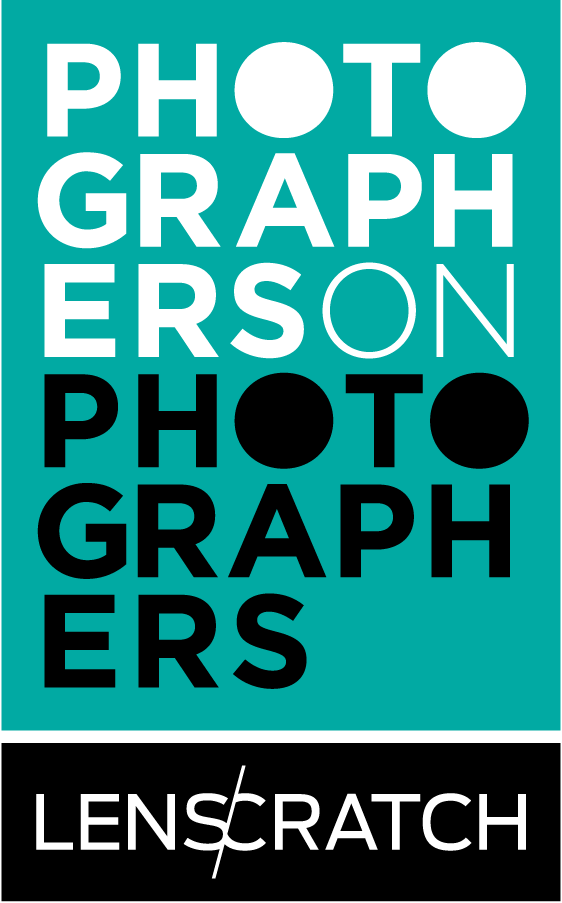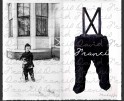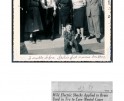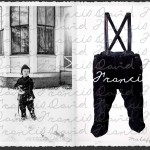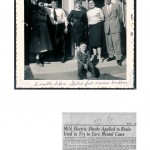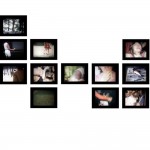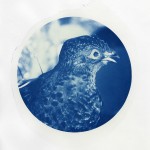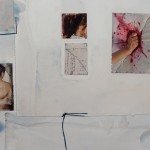Photographers on Photographers: Chen Xiangyun in conversation with Tim Soter
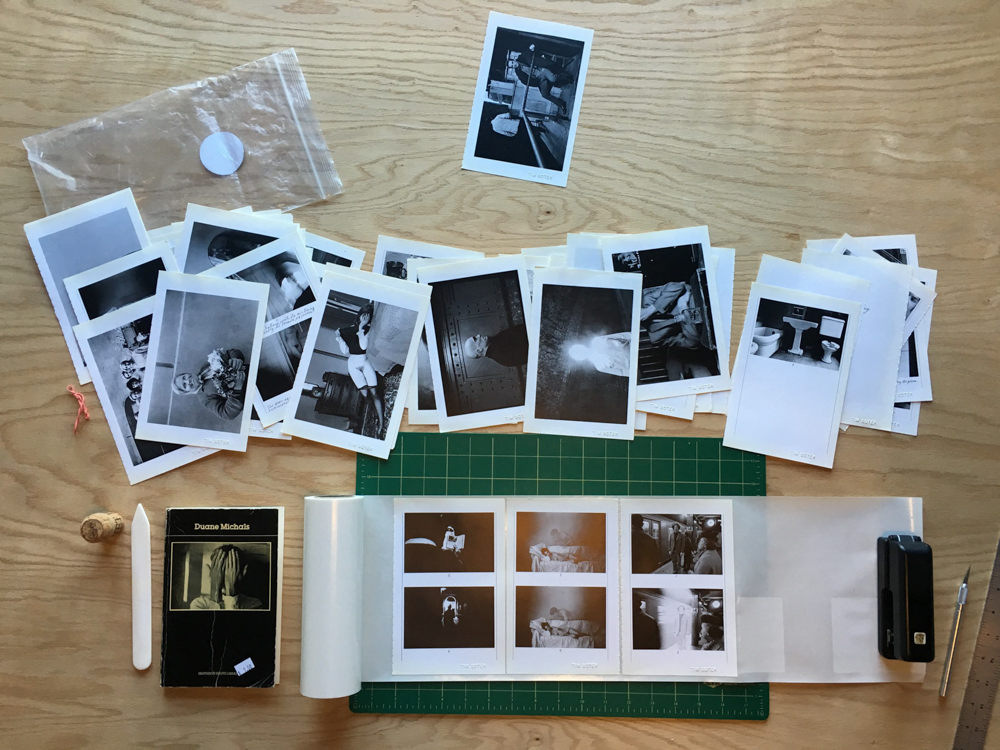
© Tim Soter
I chose to have a conversation about making and self-publishing photography books, because I myself am passionate about the medium and lack of discussion in the tremendous potentials of bookmaking. I think it will bring something different to the reader. I chose Tim Soter was because he is open about his process, has published several photography books successfully and is an active bookmaker.
Chen Xiangyun was born and raised in Fujian China, currently lives in Brooklyn, NY. Her art practice employs bookmaking, analog film, and photographs. She was a recipient of the Contemporary Artists Center residency at Woodside. Her work has been shown internationally, including at Pingyao International Photography Festival, Baxter Street Camera Club of New York, Humble Arts Foundation, Float Photo Magazine, Light Journal. Her zine “Renjia|人家” is available at Printed Matter and Office News Stand in New York City. Instagram: @HUMANBEEF
Tim Soter is a photographer and book publisher operating under his imprint The Ship Escaped. He has published TIM! GO AWAY! a book about Duane Michals and last year’s release, ForTress, a book about his friendship with renowned photographer Arthur Tress. Currently he is working with a collection called Environments – quirky spaces shot with a dry sense of humor. His books are in the collection of the Metropolitan Museum of Art and MoMA, International Center of Photography, Tate Modern, Alec Soth collection. Instagram: @timsoter
Tim Soter: The date today is June 19th, 4:15 in the afternoon in McGolrick Park, Greenpoint Brooklyn. Little Poland as I’d like to think of it. How would you like to start?
Chen Xiangyun: I saw you brought some books. Show me.
TS: The first book I brought is Tim! Go Away! which I printed in two editions of 50. I brought the 2nd edition today. I learned about the photographer Duane Michals when I was in school in the early nineties and about eight or so years ago I got back into his work. I remember how much I had connected with it, and why I really liked it so I thought I should figure out a way to meet him. I decided to write him a letter which said, “I really enjoyed your work. I’d like to meet with you, to talk with you if that’s possible.” (The letter I wrote is included in this book.) He said, “Sure, you can come by.” So I came to visit him and I brought some of my Duane Michals’ books. About an hour and a half into it, he said, “What time is it? What time is it?” saying “Oh, you’ve got to go.” I said “Oh okay, okay. Do you mind signing a book or two?” He said fine and snatched the first book out of my hand and he just signed it – “Tim! Go Away!” – which I thought was pretty funny. So when I started working on this book, I wrote that story and showed a picture of that. I didn’t have the title of the book yet, but I had a dummy. When I would show people the book, by the time they got to the sixth page, they’d laugh and I’d ask, “What’s funny?” “Tim! Go away!” was their response. So people’s reaction kind of chose the title for the book. I like that kind of dry, funny humor.
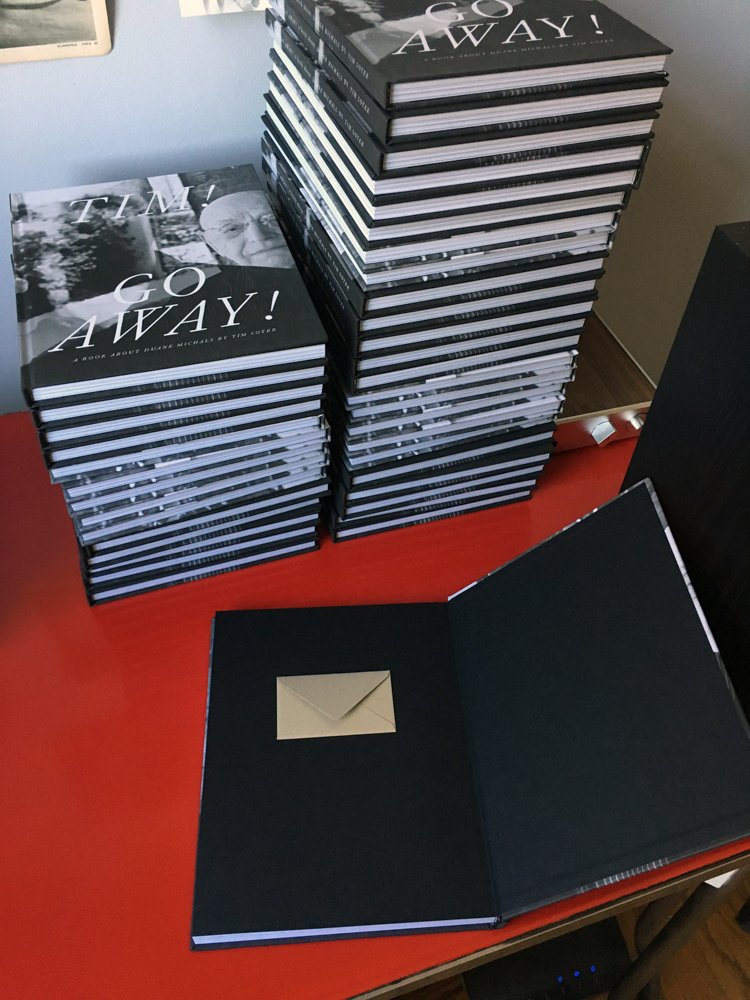
© Tim Soter
CX: How long did it take you to shoot and edit the book?
TS: All together it probably took me about 2 years of doing it. I’d be taking pictures and writing things down and scanning letters. I didn’t think I would make a book, I was just like a completist. But then I started to think, “Oh, I should use this for a book.” Then I started reading the letters and I’m like, “Oh my god, this is so personal.” I didn’t want to use it in the book. I didn’t want anybody to really read them, but I know those are the things that make the best stuff; the best songs, the best books, the best movies, the best documentaries are when you show people the true “you” that you don’t necessarily feel comfortable with. So, sharing; that was part of making the book.
CX: Absolutely. It’s a vulnerable position we are in.
TS: I like a good story. My favorite thing to discuss is criteria. It’s great that you are collecting something but I love asking, “why do you choose this over that?” There must be some criteria in there. I think mostly people have criteria that they’ve never thought of and they think it’s instinctual but there is a reason, most of the time, why somebody did something and didn’t do something else. So my criteria is usually something like “I want something that has a really good story.” So this story was my kind of fetishizing of Duane and Duane’s work, but in the end, it’s really a story about me, and the type of person that I am. Even in the end, the conclusion of this book is that I imagined what Duane would say after he read this book. It says (paraphrasing), “Tim, you have fetishized me, and you have exploited my work. You’ve done all of this and now it’s time to kill the buddha and go make your own work.” That’s the point of the story; the climax of the book.
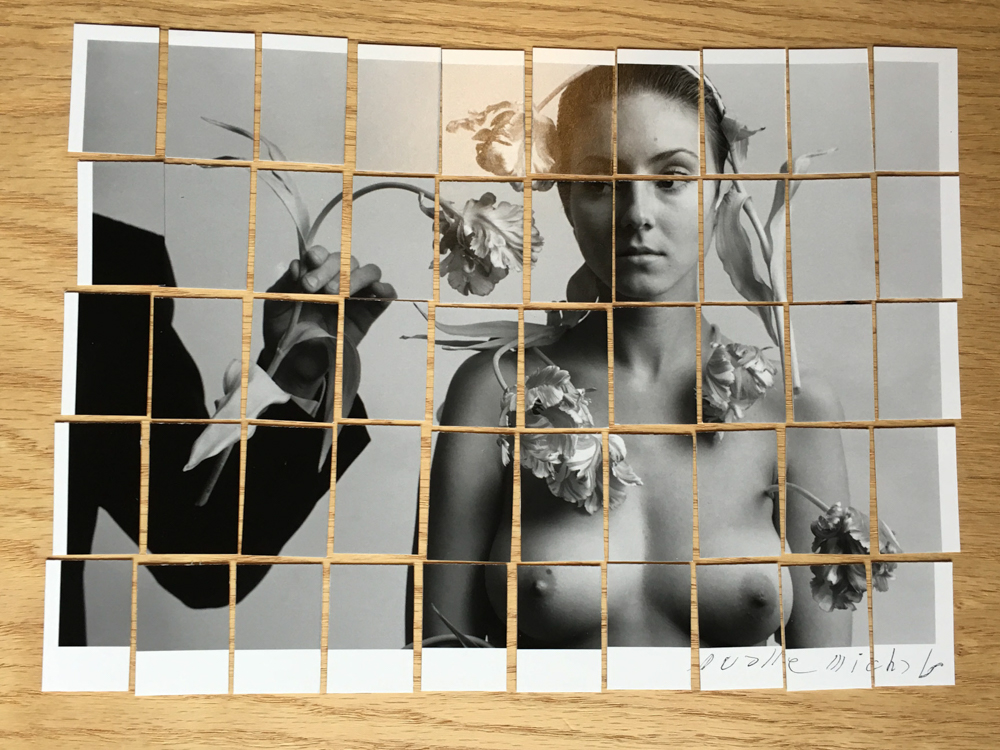
© Tim Soter
CX: What was your next book?
TS: The book I did following is called ForTress, which is a play on words – for Tress, a book about photographer Arthur Tress. This one I did a print run of 500 offset copies. I met Arthur eight years ago at the MOMA PS1 Art Book Fair. He came over to my apartment and I showed him a bunch of my work, and then we took our cameras and went to Coney Island just to take photographs. After that we just stayed good friends. So I started photographing him a lot and writing things down and making a book about him. This time I was clear on what this book was going to be.
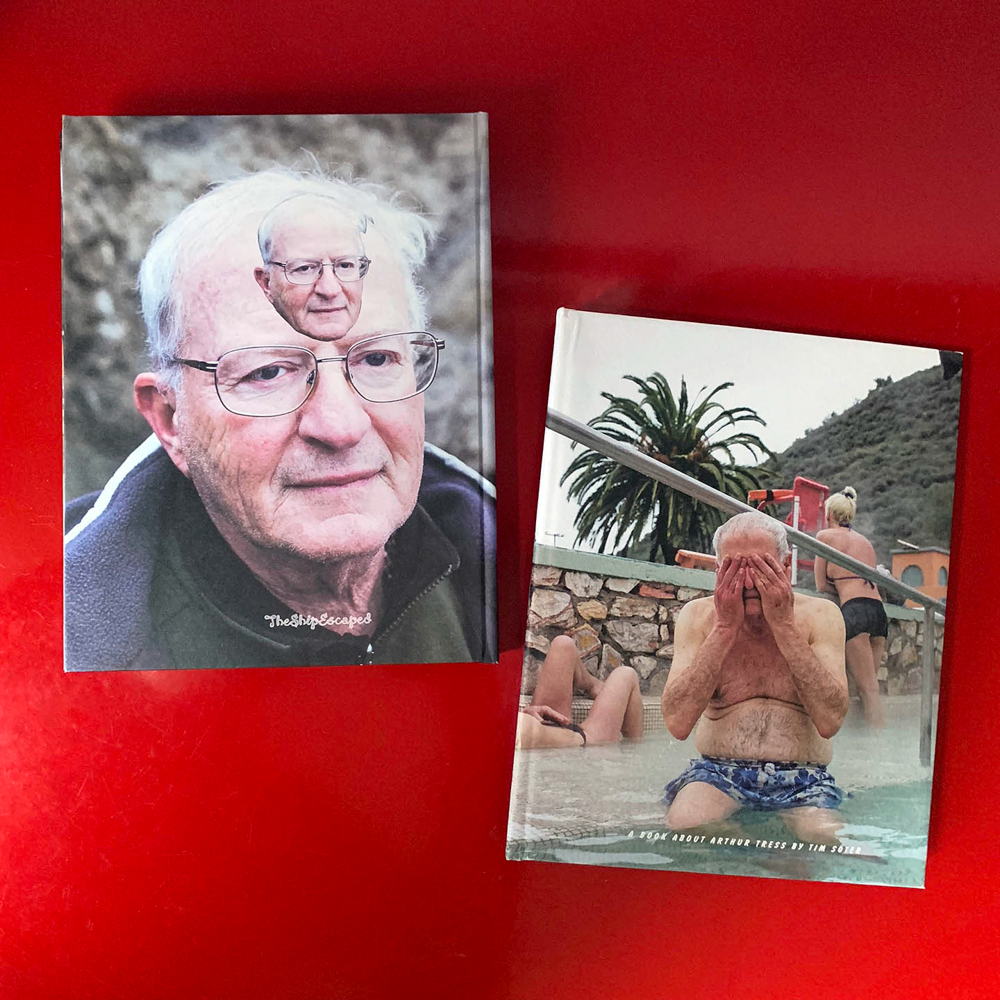
© Tim Soter
CX: Did you know you were going to make a book about Arthur when you first met him?
TS: No, I don’t think so, it just happened. I think the more I hung out with him the more pictures I had and I thought this was a good story. It’s an interesting follow up to the Duane book – Arthur and I had a different relationship because I got to know him organically, right off the bat.
CX: You are interested in using images to tell stories. Why use book form in particular?
TS: One of the reasons is I think every photographer (certainly at my age, fourty nine) grew up with photobooks. That was the way I saw photography; before the internet. Luckily the small state school I went to in Pennsylvania had a great library of books. Books were photographs you could take home and live with them for a week in your apartment. A book is very personal. You can’t read a book and also text at the same time. You really gotta be with the book. The book captures my voice. I can write a book and tell a story and show you the pictures but also get to use my “voice.” I love telling stories so for me it’s a great way to put pictures and words together.

© Tim Soter
CX: That’s what I love about books too. A private invitation to your play; shot, directed and edited by you, sound design by the readers themselves.
TS: I think that makes a better art; multidisciplinary thinking. At some point I emailed Arthur. “Hey I don’t know what this book is anymore”. I was getting very frustrated. “Is this even a book?” And he sent back an email saying “who the fuck do you think you are?” He said it in a nice way, not being mean. He said the fact that it doesn’t have narrative, that’s the narrative. He also said “You pick a road and you go down it my boy, and that’s the way it is” – and that is the climax of ForTress. He once said to me, “you don’t like when things get messy.” It forced me to start painting on the photographs in that book and doing collage. So there is a limited edition of the Arthur Tress book, thirty-two copies where I hand paint and draw on one of the pages. It’s excruciating because I’m so uptight, and to draw on a book and paint on it – if I “make a mistake” it’s there. It’s on the page, I can’t just rip the page out and throw the book away. But it’s also a really good therapy. It makes me do something that I wanted to do, something I am excited about. It’s a very complicated feeling.
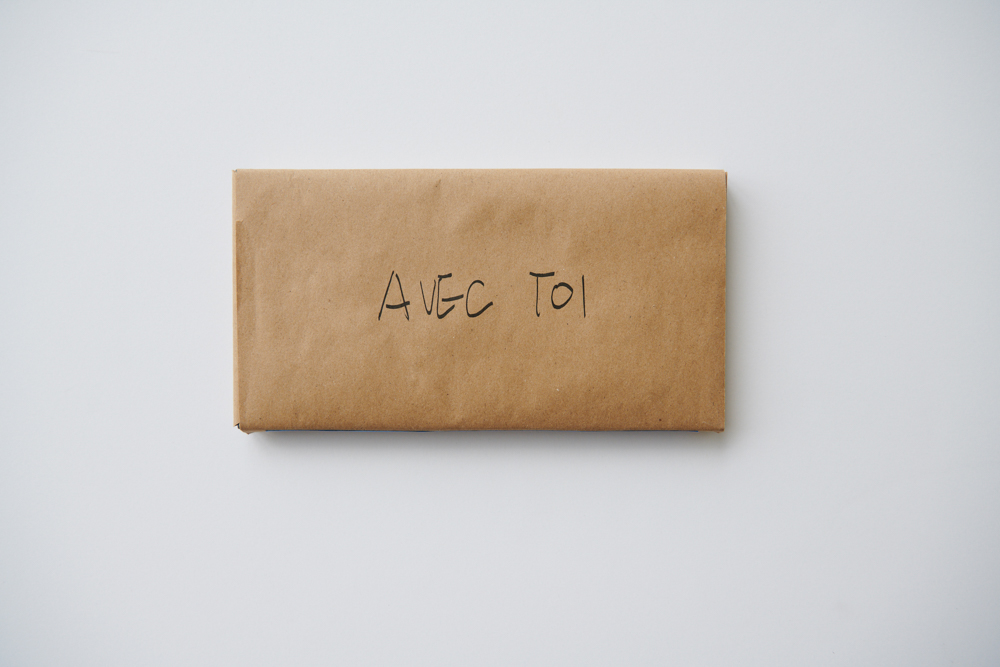
© CHENXIANGYUN
By the way, I love the fact that out of the entire park, we thought we found the quietest place and we picked a playground with children that have been quarantined and locked up for three and a half months. Okay, let’s talk about your book AVEC TOI. It’s not here, but I have a decent memory of what it is. It’s not here, is that because there were only 7 copies and they are all gone?
CX: Nah, I still have a few copies left. The journey started when my grandfather passed away in December 2018. I packed two cameras and Paul Auster’s book The Invention of Solitude, and flew from New York to China. I never got to know my grandfather really well, so after the funeral, I travelled half of the country to the small village in the North where he grew up. I ate the local food, visited his childhood home, interviewed his sister and childhood friends. I didn’t have time to mourn until I came back to New York. For the next three months, I would stare at the images I took of animals, trees, and clouds for hours. It was a very difficult time! I was going through some personal stuff as well. I was completely broken. I told myself, “you were dehydrating yourself.” There had to be a way out. So I started to pack my pain, my weakness, my mourning and my hope into the making of this book.
TS: So within that book you have poetry. You have some written passages that are other people’s words, right?
CX: It’s a short poem I found on a tombstone.
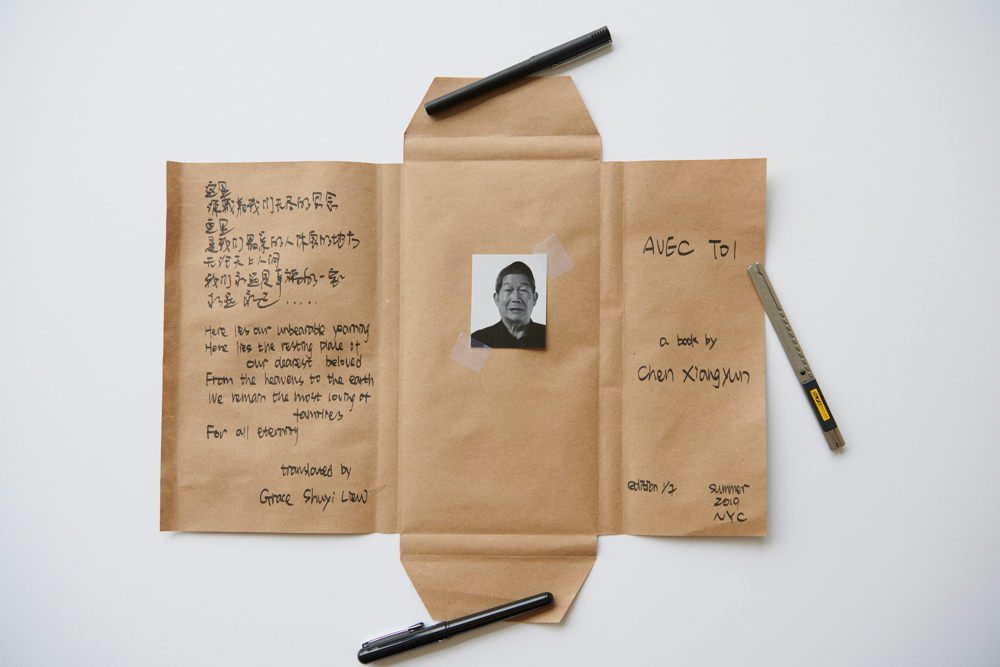
© CHENXIANGYUN
TS: And you have images. Is it important for the viewer of that book to understand a narrative?
CX: There is my narrative embedded initially however as soon as the book is in someone else’s hand, the narrative changed. What I did was to free the space for the viewer, to create your own narrative with empathy and freedom. For instance, there are no page numbers, no front, no back, no correct fixed way to read to hold to experience the book.
TS: How did you figure that out? Where did you get the ideas for binding and putting things together?
CX: Keep trying. It was a lonely process. I had to teach myself the techniques from books, tutorials, and from the visits to bookstores, art supply stores and print houses. It was fun to test the ideas on a variety of materials. In each copy, I have 45 folds on a 20ft long paper.
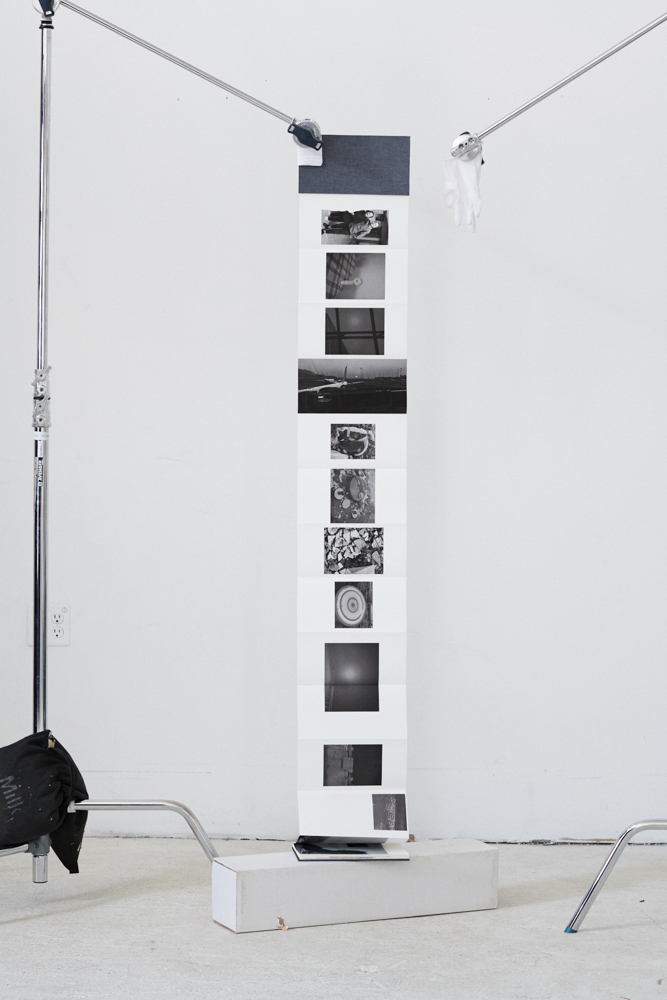
© CHENXIANGYUN
TS: Each book is a little piece of art itself on its own. AVEC TOI is only an edition of 7 books. Where do you think that came from? Instead of something more mass produced?
CX: The handmade book is this intimate and tangible container. I don’t think it can be mass produced. The number 7 is frequently used in Chinese memorial tradition. So I went with it. It’s possible to run 500 copies or more but it has to be in another line of production and design. I also priced the 7 copies a bit higher. Once I had a friend ask me, “Do you not want to sell the book? It’s so expensive!” I think there must be a reason. If you want to possess this unique object, it’s gotta be a bound, otherwise why bother? Hmm, or maybe I should destroy these 7 books, and only make them available online?
TS: Oh my god! I love the idea when something is special. It’s also interesting that you said to price them very high, because if you want this you’ve got to invest in it. And I don’t think it has anything to do with your ego or anything like that. Are you concerned that with an edition of only 7, your absolutely solid work won’t reach a large audience? Once the 7 are gone they are gone. Like you said, you can see pictures of it but it’s not the same as holding this book in your hands. Especially this type of book.
CX: I knew there wouldn’t be too many Avec Toi owners. The fact that we are here talking about the book is a way to grow an audience, isn’t it? Does my audience need to see the physical book to call themselves my audience? The materials I use are transformative. When you hold it, immediately you feel its fragility. I don’t know if you ever had this experience when you see someone treat the book with no care.
TS: Oh my god. I’ve seen people do that who should’ve known better. They go through really quickly, and I see them put a little dent on the page because of the way they turned the page. And I feel stupid because I could see that was going to happen, but I didn’t want to embarrass myself by saying, “hey can you treat the book a little better.” And of course that happened, and I am more angry at myself than at them.
CX: That’s why two of your books are hard covered?
TS: Yeah yeah, it’s tougher to wreck a hardback copy of a book. That is true. And both of these books are in an uncoated paper, so you won’t even see fingerprints like you would on a glossy book. That wasn’t intentional, but it’s kind of nice. The next book is called Tim Says Don’t Bend That.
CX: And comes with hand sanitizer.
TS: One of the things I thought about Avec Toi was, it kind of does a lot of things. It’s a photo book but it’s also a unique piece of art but also the way you photographed it. Almost like it was an exhibition people missed. The way you use C stands and devices to hang the work, frame the book to easily display it. And you left all that in there, I thought it was interesting that there are three different types of mediums and ideas you presented.
CX: It’s very organic just like the creation of the book itself. It just happened.

© CHENXIANGYUN
TS: I like getting really uptight. That’s the way I work. Let it happen is a good way to be. Your latest book is À Paris. It’s going to be released in September this year. Is that still true?
CX: Yep, that’s still the plan. However, considering what has happened with Black Lives Matter movement, the first 50 copies are available to purchase now, all the proceeds will be donated to the Black LGBTQIA + Migrant program at the Transgender Law Center.
TS: Good for you.
CX: Thanks, books are magical.
TS: How would you describe to someone this book?
CX: Nothing goes beyond the title À Paris.
TS: What are you working on right now?
CX: A short film script.
TS: So you are thinking about the short film. Is there part of you like, “oh I really should have another book idea as well,” or it’s fine you made a book now you are making a short film. Can you just switch gears and just go on 100% to another medium?
CX: It doesn’t bother me as far as I speak the language of Chen.

© CHENXIANGYUN
Posts on Lenscratch may not be reproduced without the permission of the Lenscratch staff and the photographer.
Recommended
-
The 2024 Lenscratch 2nd Place Student Prize Winner: Ariana GomezJuly 23rd, 2024
-
Makenzie Goodman: EncountersJuly 13th, 2024
-
Ellen Mahaffy: A Life UndoneJuly 4th, 2024
-
Julianne Clark: After MaxineJuly 3rd, 2024
-
Lisa Guerriero: Handle (her) with CareJuly 2nd, 2024

